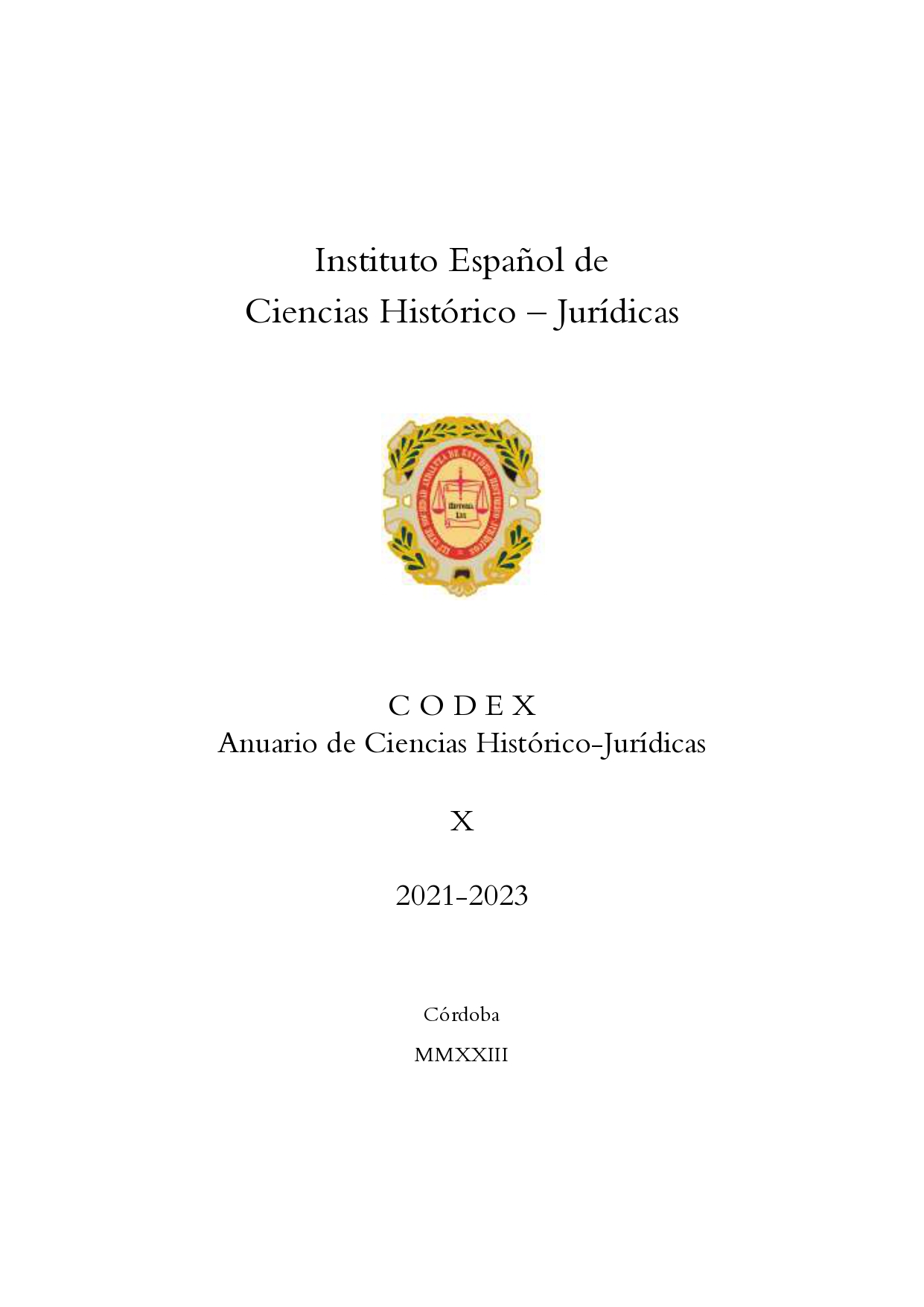LEGISLATION ON SPANISH ROADS IN THE 18TH CENTURY. A CONTRIBUTION TO ITS STUDY
DOI:
https://doi.org/10.21071/codex.v1iX.16799Keywords:
18th century, Legislation of Spanish Roads, Carlos III, Esquilache, Newest Compilation of the Laws of SpainAbstract
In the 18th century, the Age of Enlightenment, during the reign of Charles III, the lack of communication between the inland and maritime provinces, essential for the promotion of industry, became evident in the territories of the Spanish crown. and commerce, as well as for profitable agriculture.
The new enlightened postulates of the time place this 18th century as that of the roads of Spain, since strict legislation was initiated for their construction, conservation and protection.
In 1761, the first Decree was promulgated that classified the roads and promoted the first general plan, in which the actions in this regard were established, indicating deadlines for the execution of the works and determining the methods of financing them.
The Plan of Esquilache (Leopoldo de Gregorio y Masnata, Marquis of Esquilache, 1699-1785), as head of the Treasury and General Superintendent, presented this essential Plan to King Carlos III, the starting point for those that were later drawn up. The plan consisted of widening old roads, paving certain sections, increasing the length of the network and even creating new routes that would shorten distances.
Due to insufficient technical preparation and other deficiencies, not all the forecasts of said Plan were met, resulting in poor returns on the great resources and efforts that had been allocated for its implementation.
Such deficiencies were expressed later, already in the 19th century, through the so-called Betancourt Report, prepared by the founder of the School of Civil and Canal Engineers of the Kingdom of Spain.
Downloads
Published
How to Cite
Issue
Section
License

This work is licensed under a Creative Commons Attribution-NonCommercial-NoDerivatives 4.0 International License.



